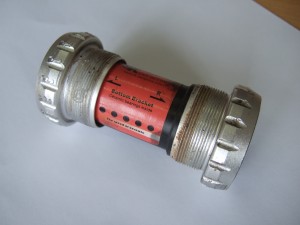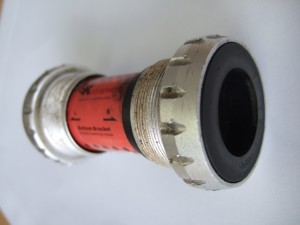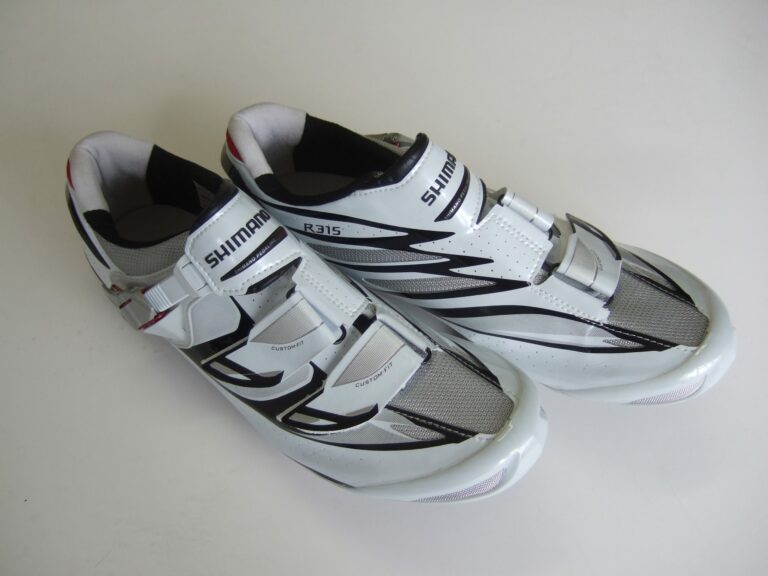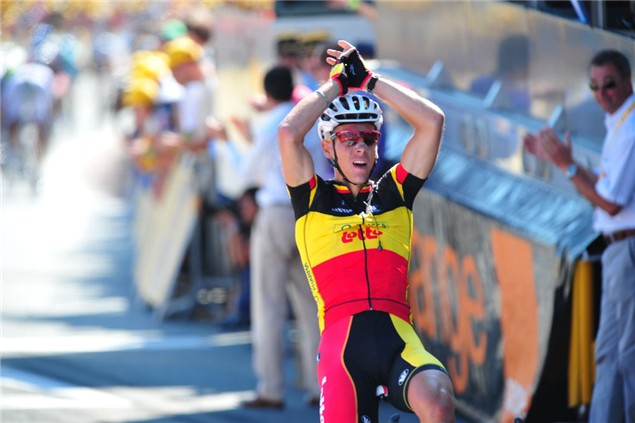
Ceramic bearings, even hybrid ceramic ball/steel race examples, offer, on paper, several advantages over all-steel ones: less weight, lower rolling resistance and, supposedly, greater longevity. The first two are genuine enough, but the last? Not if the lifespan of the CK Ceramics Hollowtech II-compatible bottom bracket on test with RCUK is anything to go by, they aren’t.
Admittedly, the assembly had a hard life during the first few months of 2011, being subjected to the rigours of the hardest winter for many years. That said, it was fitted to a bike that received regular cleaning and maintenance and which, winter over, lived mostly in the garage having covered fewer than 1,000 miles by the start of spring.
Getting the bike out for a ride recently, I decided the chain needed replacement. On removing it I found the bottom bracket, its ease of rotation no longer obscured by connection with a chain, to be running very roughly. There was no play worthy of the name to be felt, but as it was on test I attempted to extract it using the Truvativ GXP socket I had used to install it. At the time it was hard to get over the splines of the cups but a good, tight fit that allowed me to tighten them securely.

Now, that same good fit fit was not enough to let me remove the left-hand cup, the tips of the splines slipping and damaging the cup. Part of the problem lay with the tapered face of the cup, which prevented the full length of the tool from engaging with the cup splines. This exacerbated the other problem, which is that the cups are machined from a soft grade of aluminium easily gouged by a fitting tool.
Once extracted using a basic Shimano C-spanner for Hollowtech II bottom bracket cups, the left-hand bearing turned out to be at fault. Wear is limited to rough running and a small amount of play, but compared to its partner the bearing is shot.
Discussing ceramic bearings recently with industry guru Paul Lew, I was told that he considers them unsuitable for cycle duty, since they are better at sustaining very high rotational speeds with low loadings that the reverse, typical in cycling, where high loadings are applied at low rotational velocities.
Lew’s view is that ceramic balls damage the faces of steel bearing races and then themselves suffer from microscopic cratering when tiny pices of steel get caught between ball and race, applying extreme point pressure to the surface of the ball. The process can only accelerate as more material contaminates the lubricant (if any is left inside the bearing).
Maybe that’s how the CK Ceramics left-hand bearing went awol; in any case, it has not lasted as well as might be hoped and even expected, given the lifespan of standard Hollowtech II bearings.
CK Ceramics Shimano Hollowtech II-compatible bottom bracket £99.99 including insured postage.





